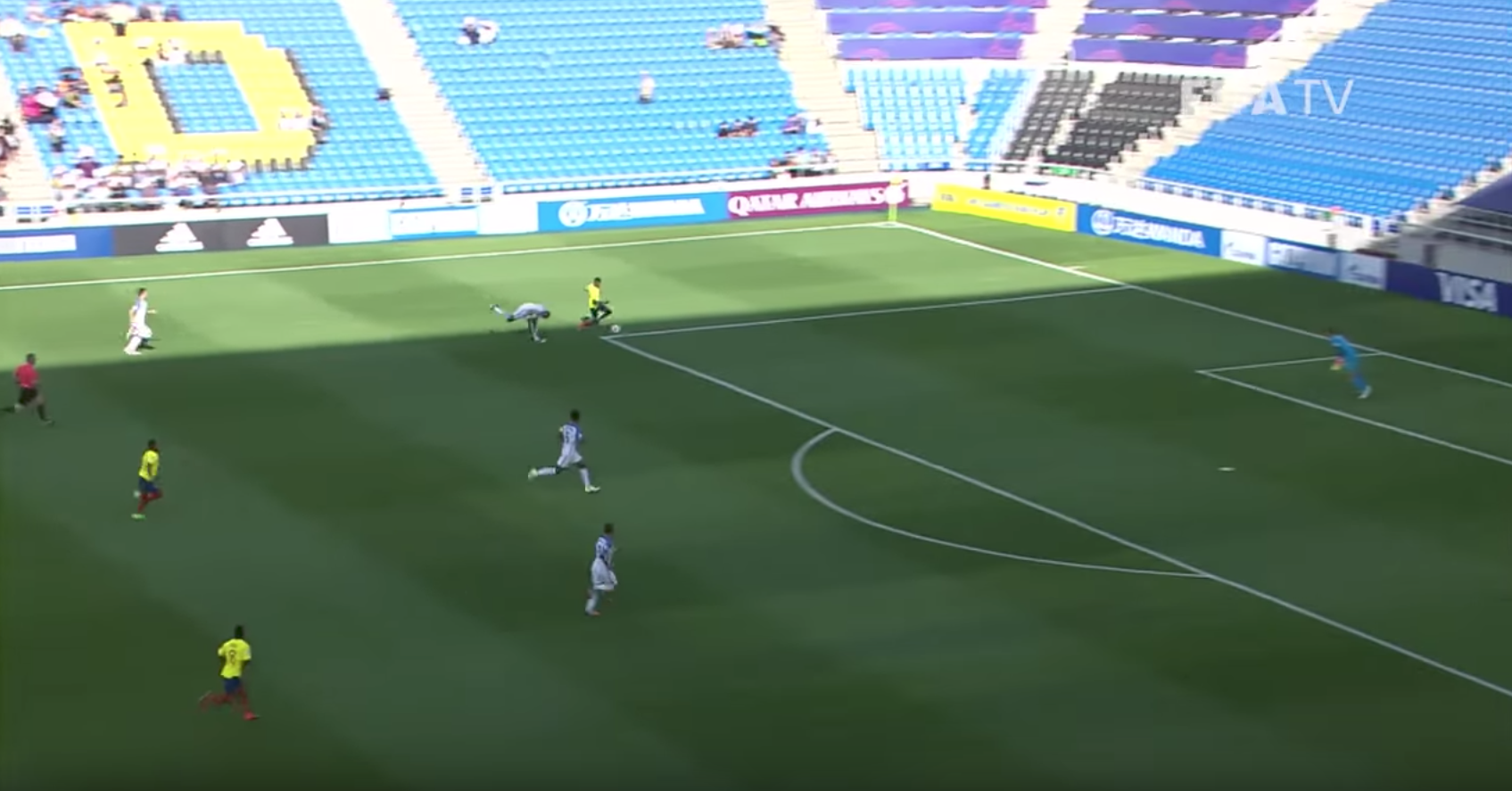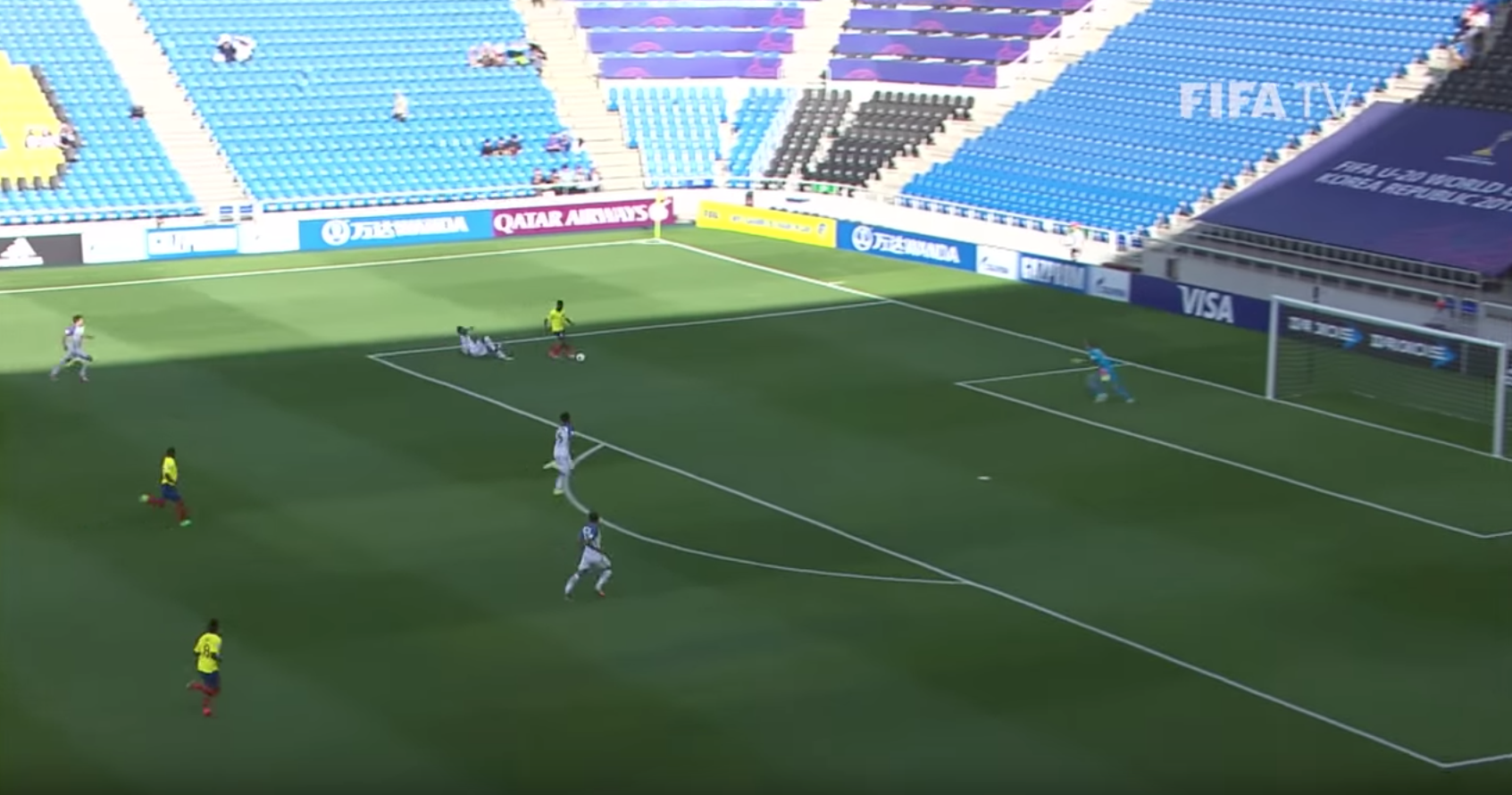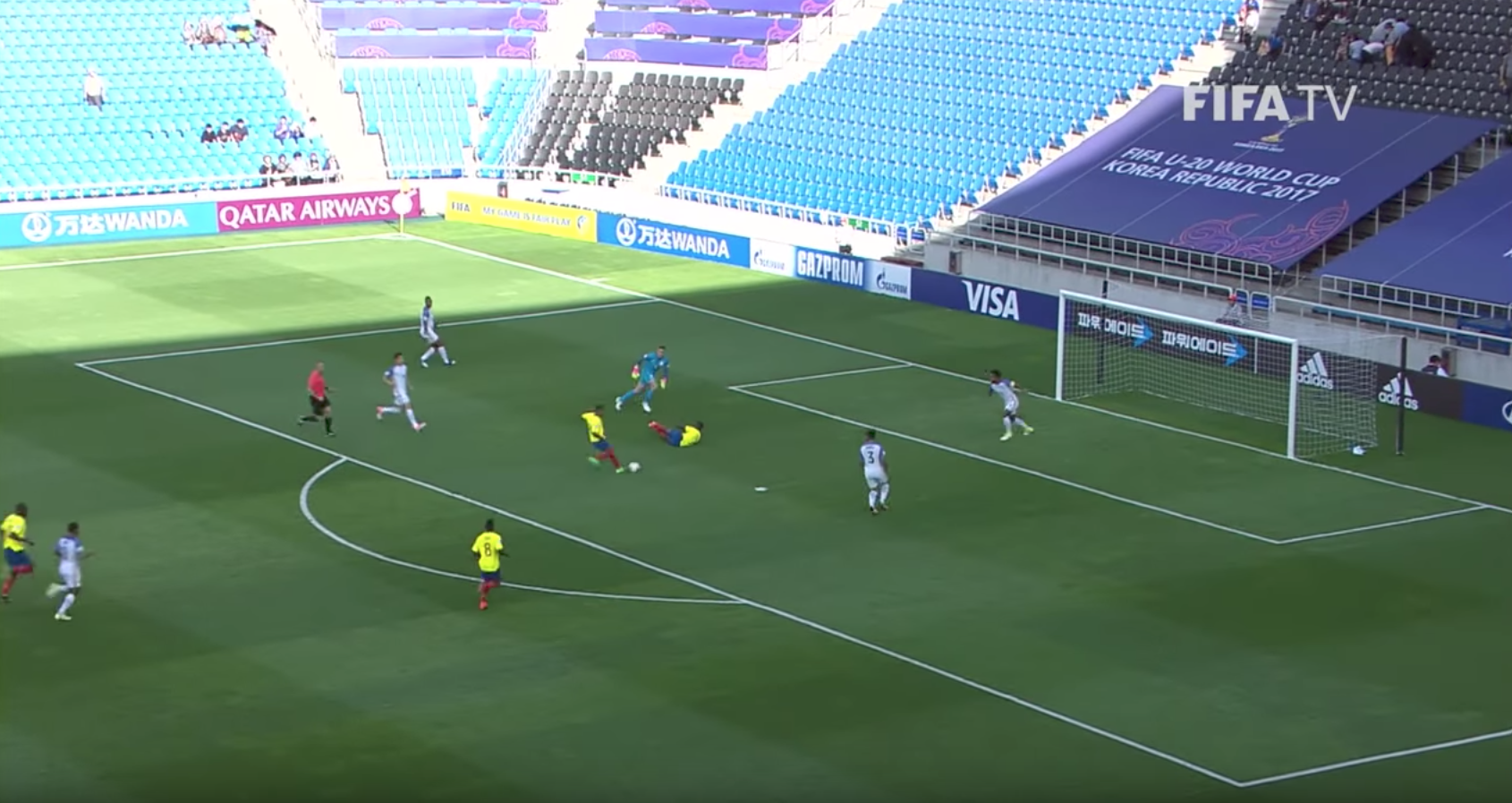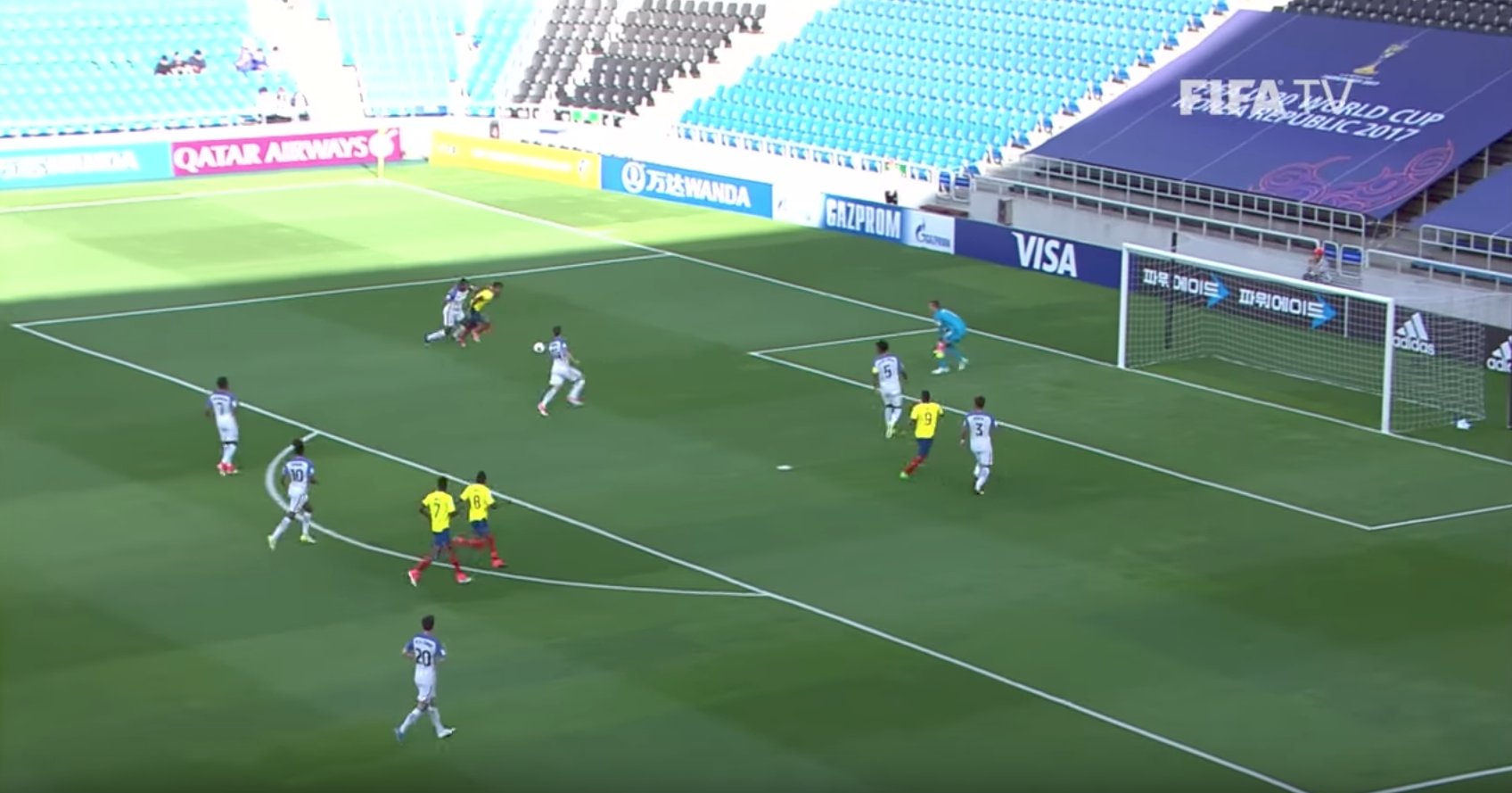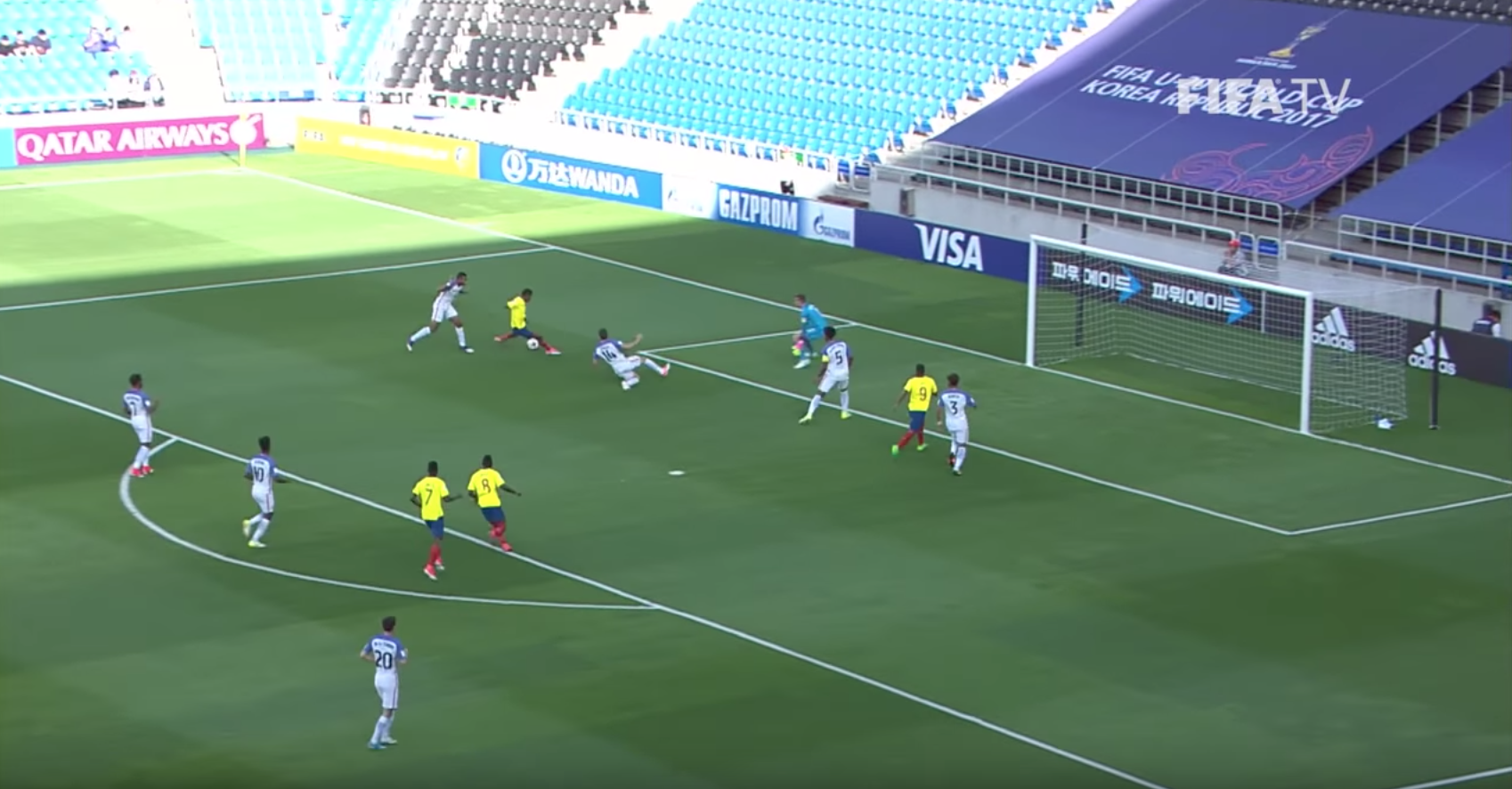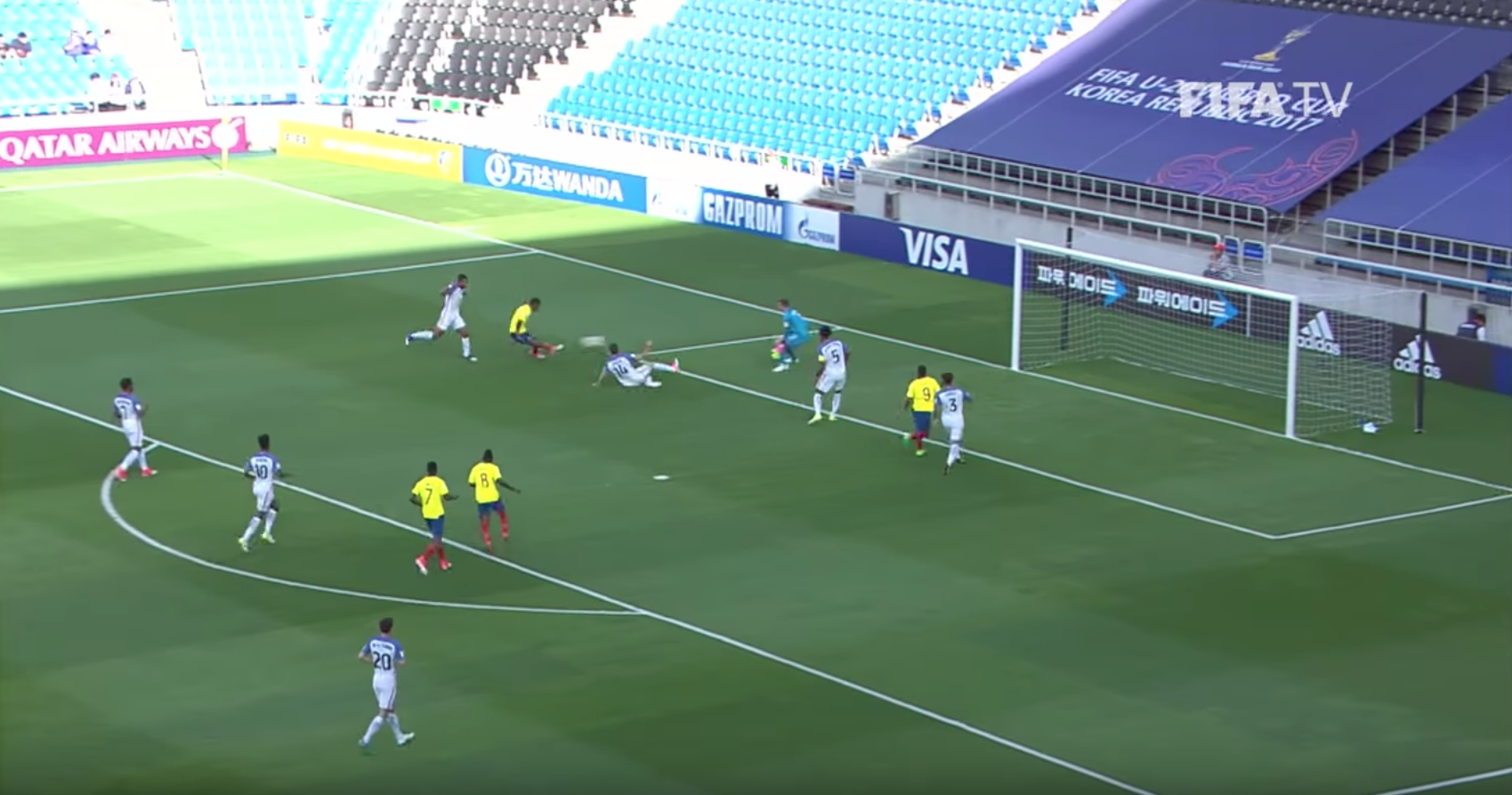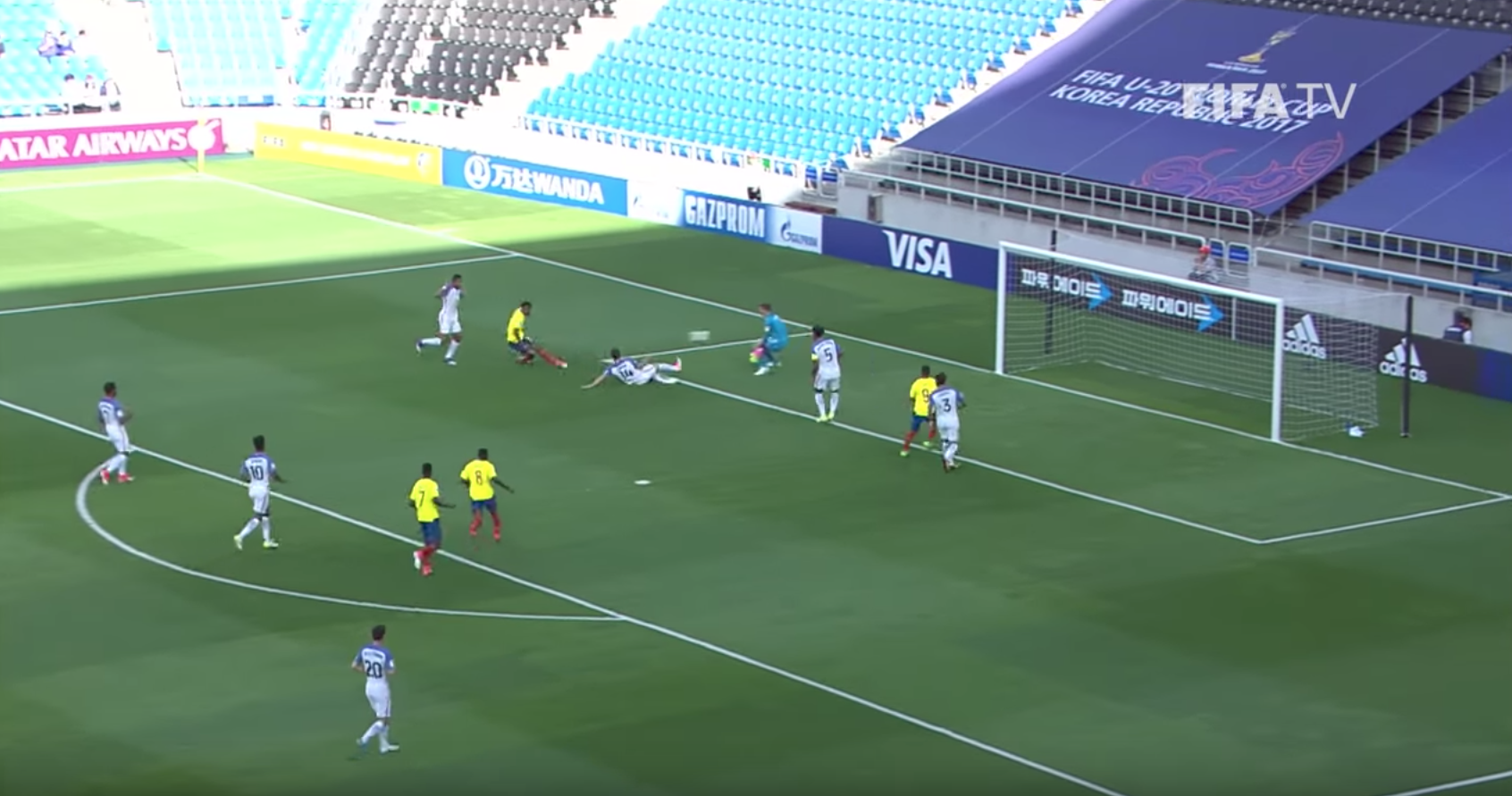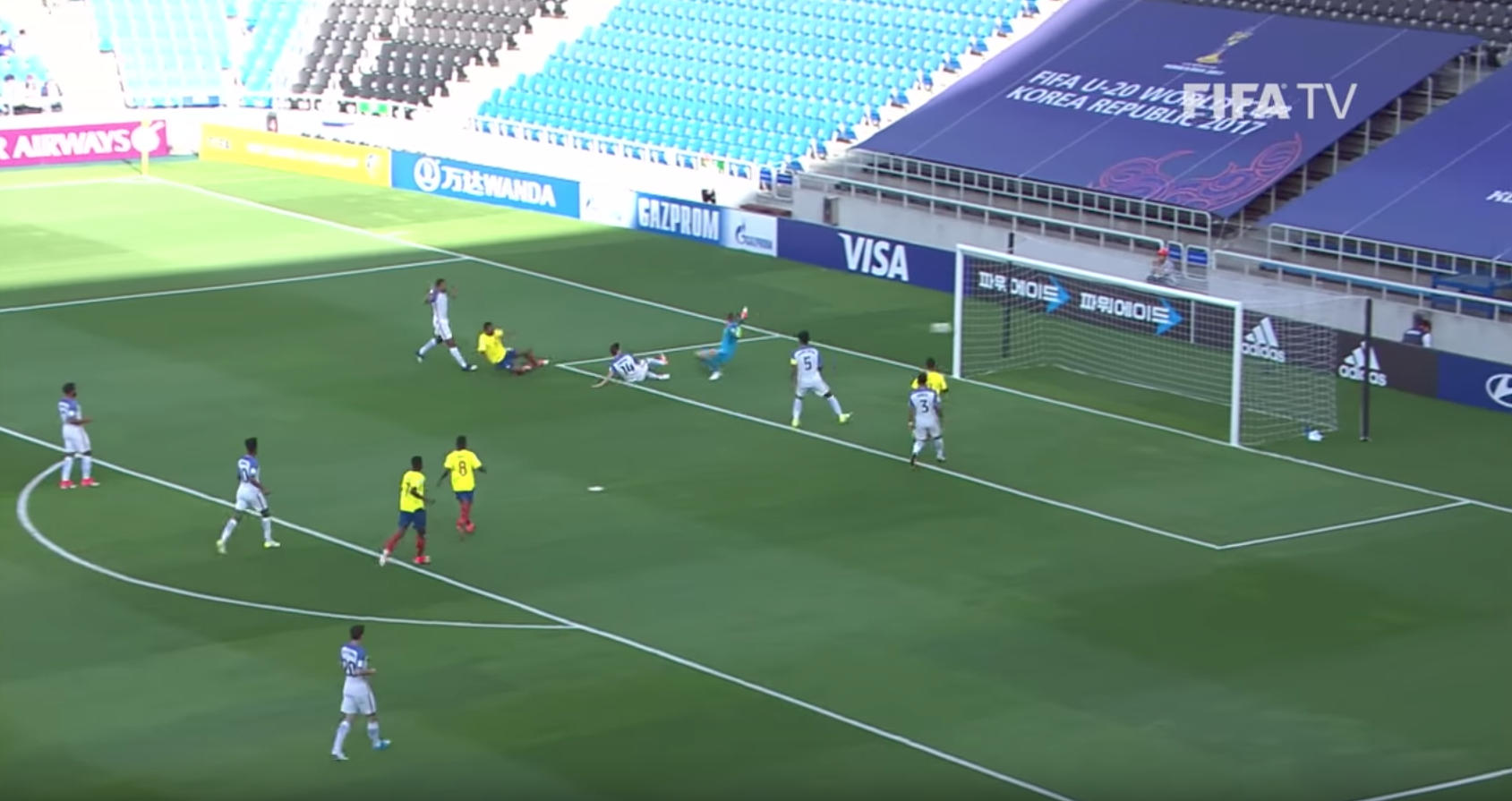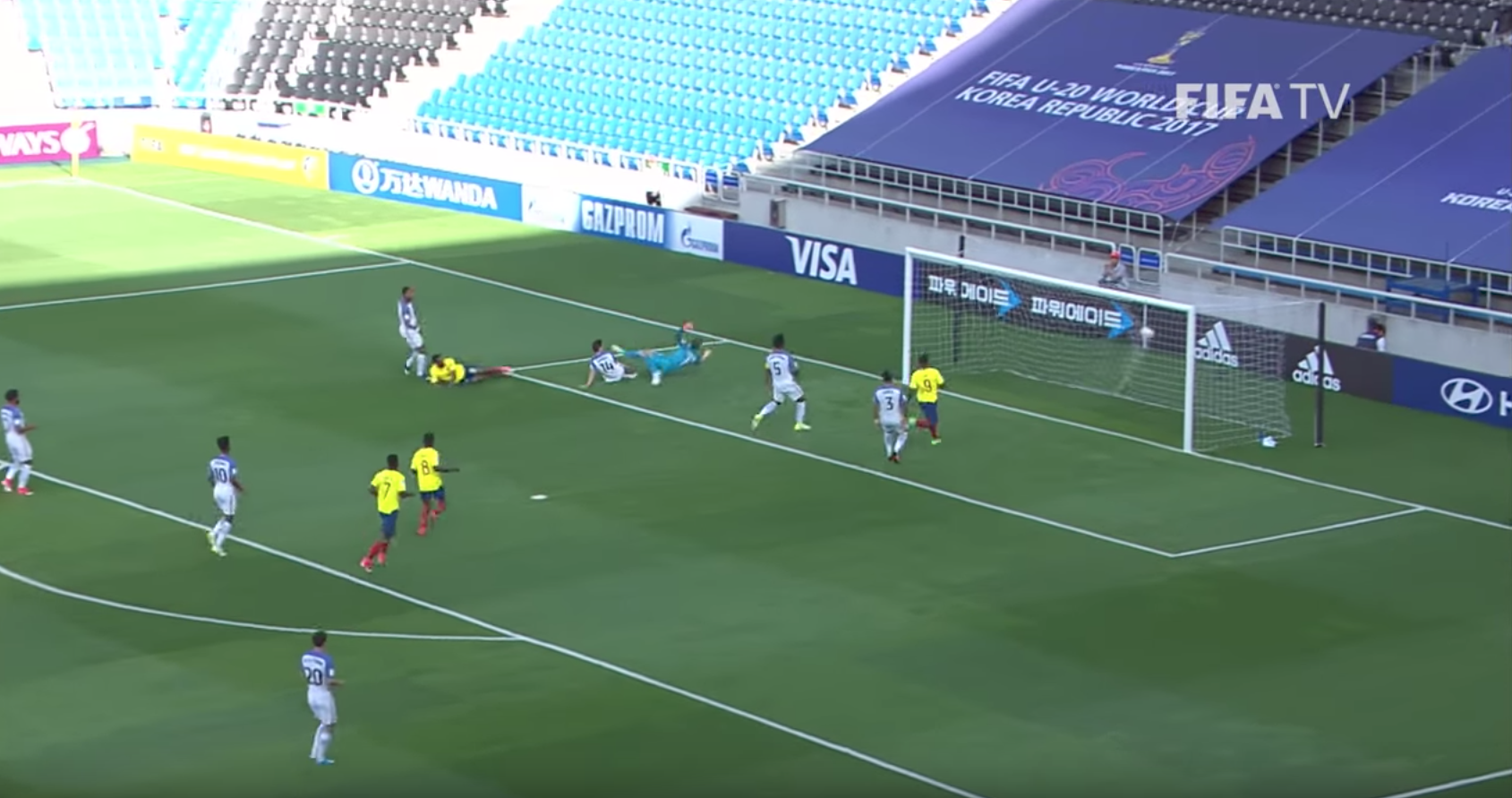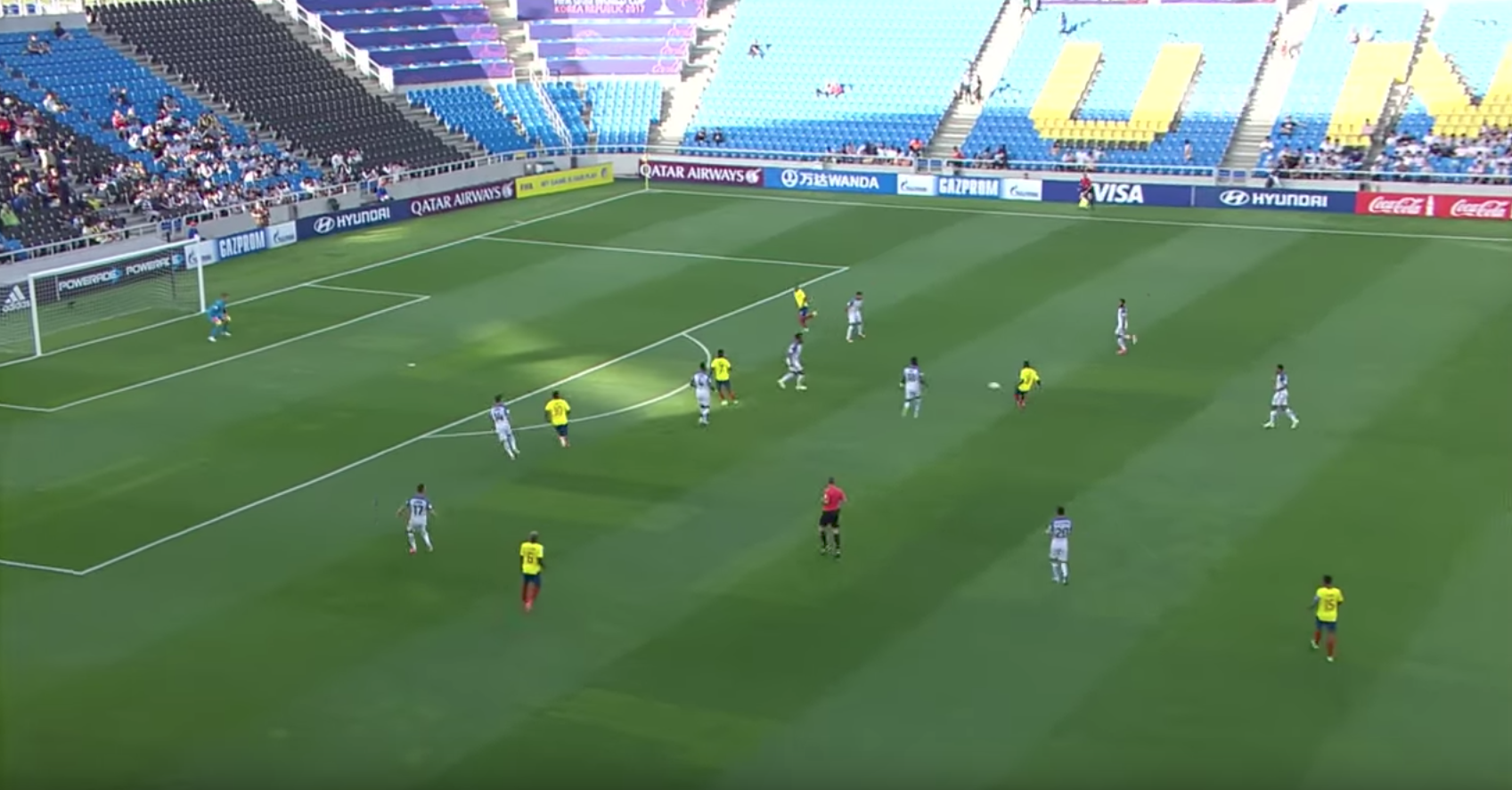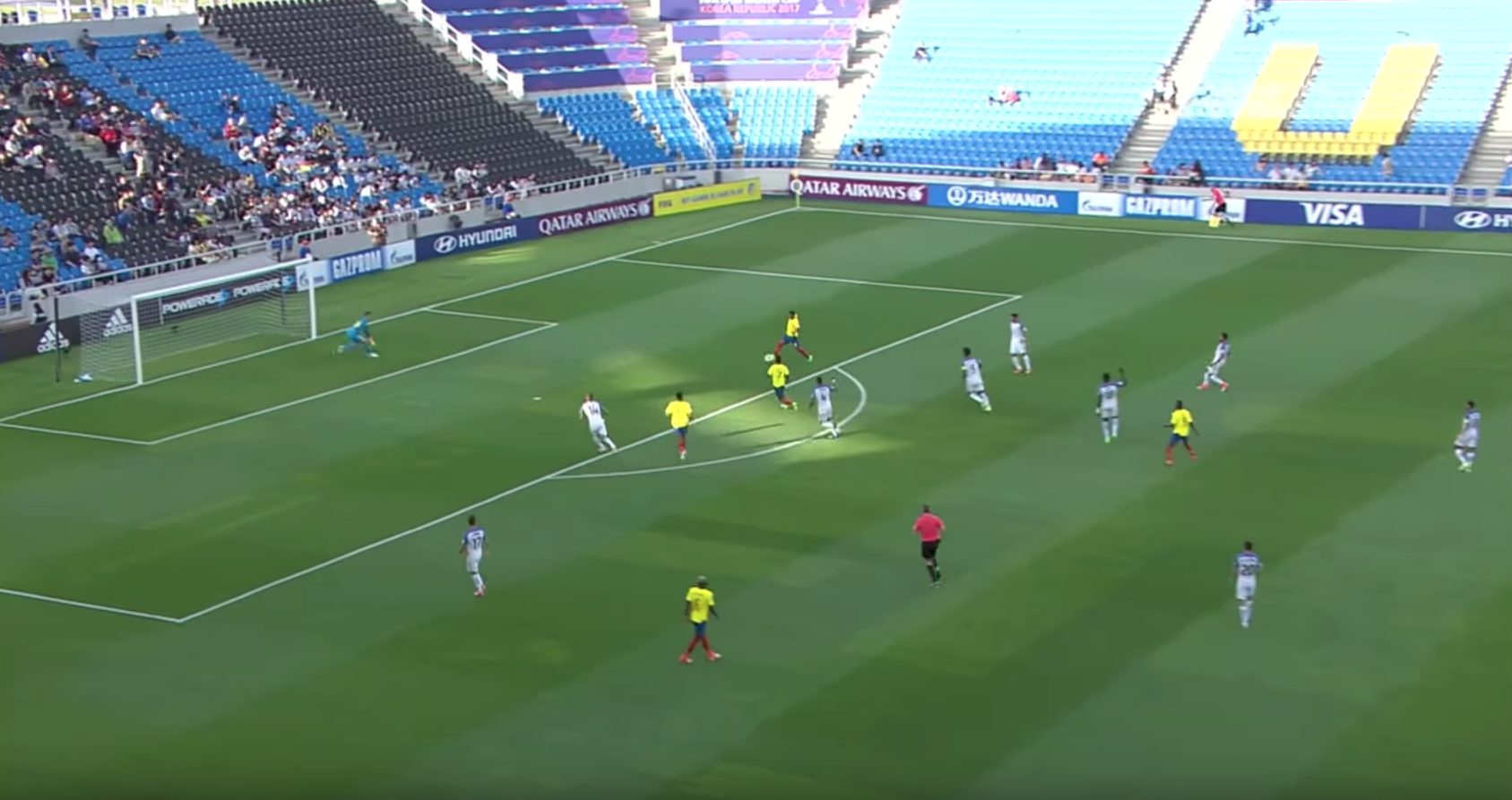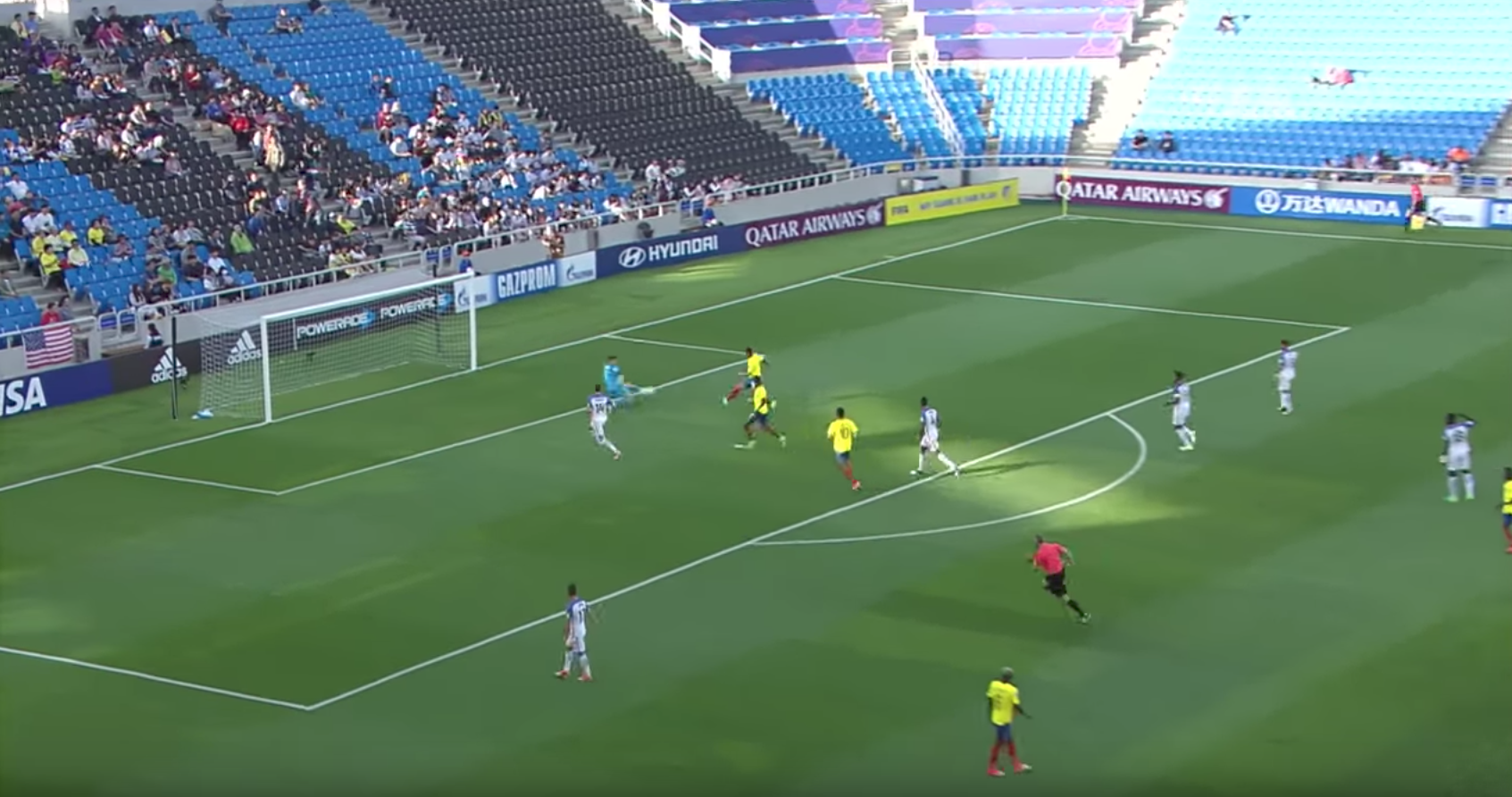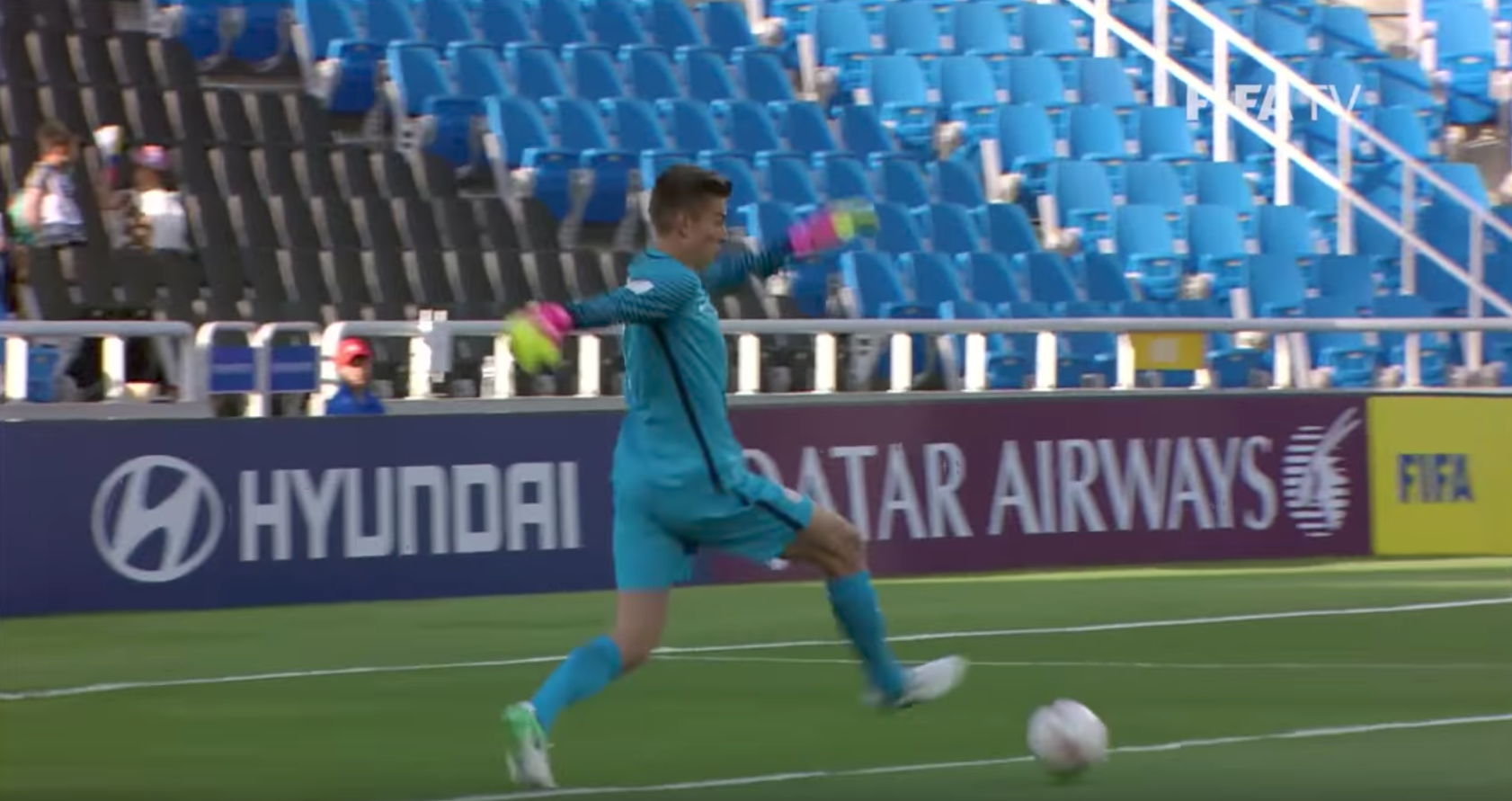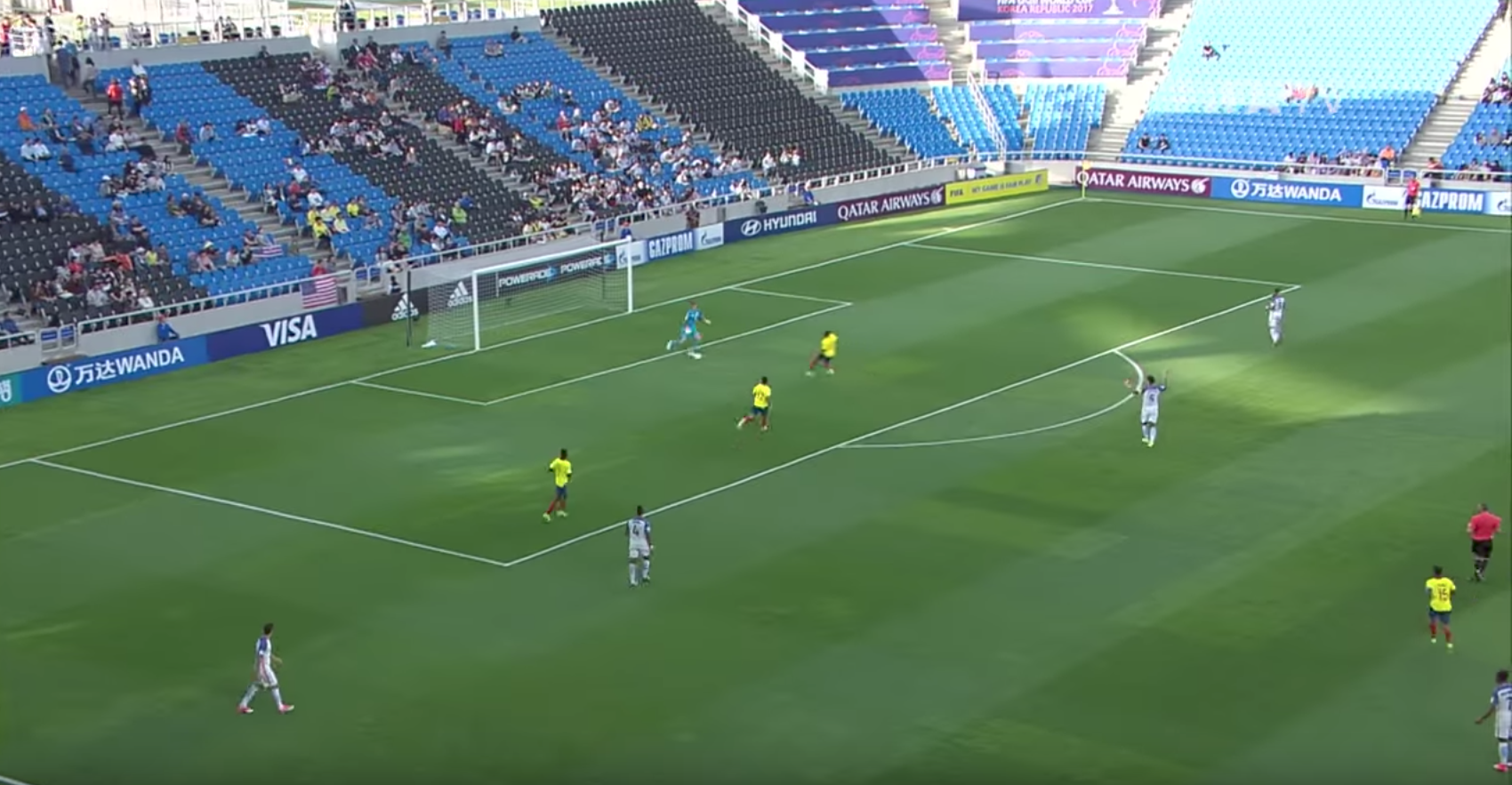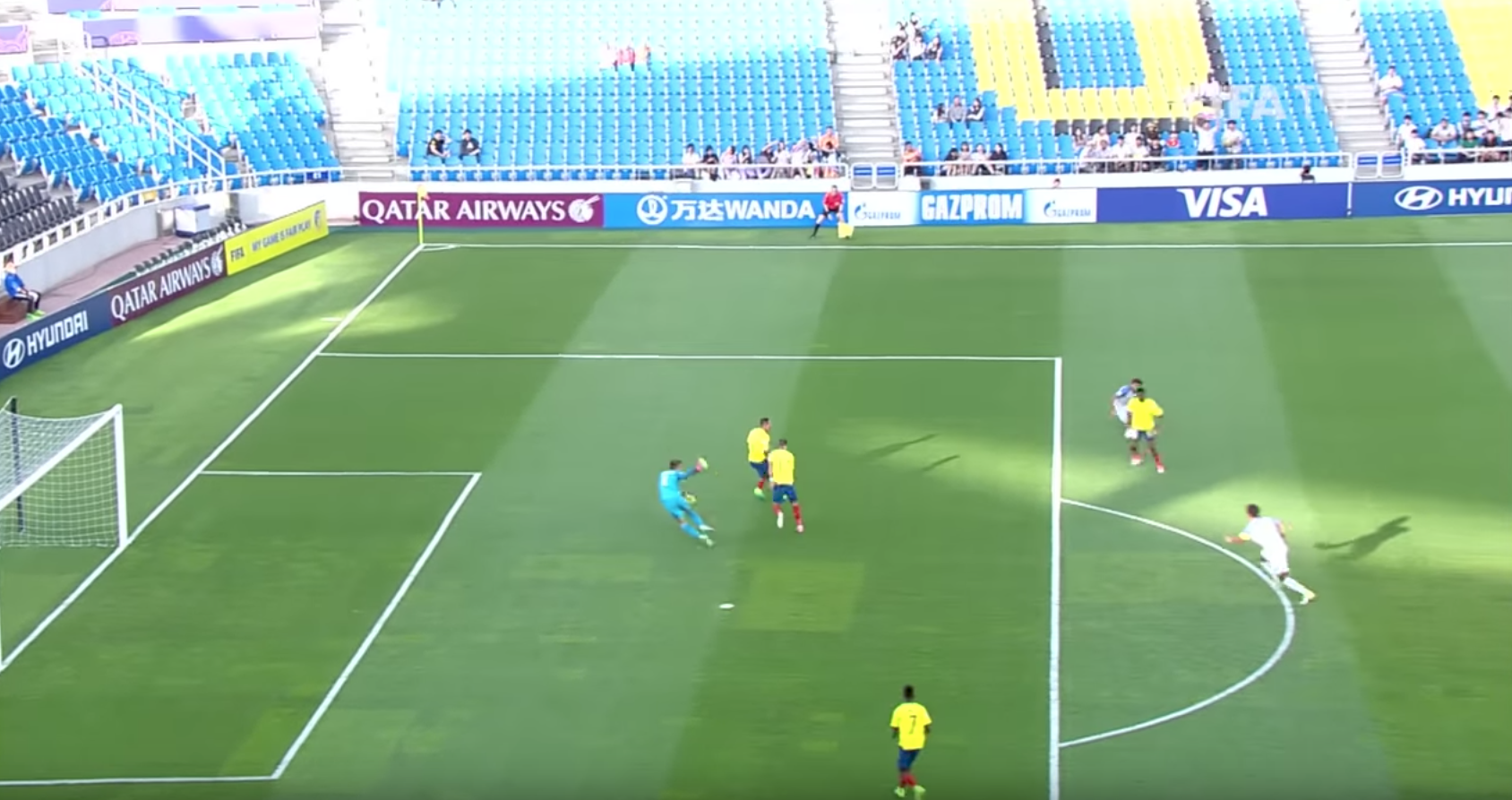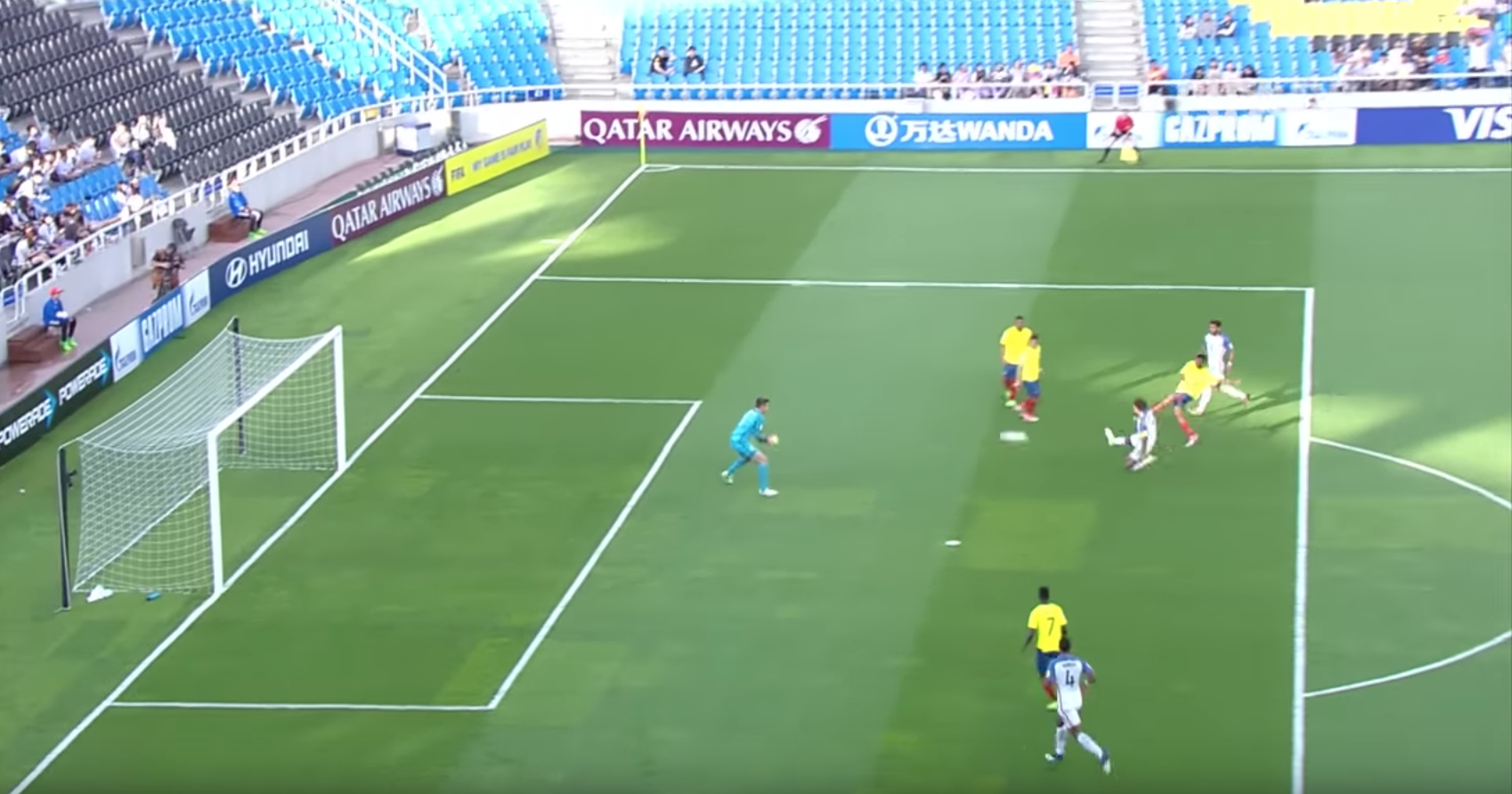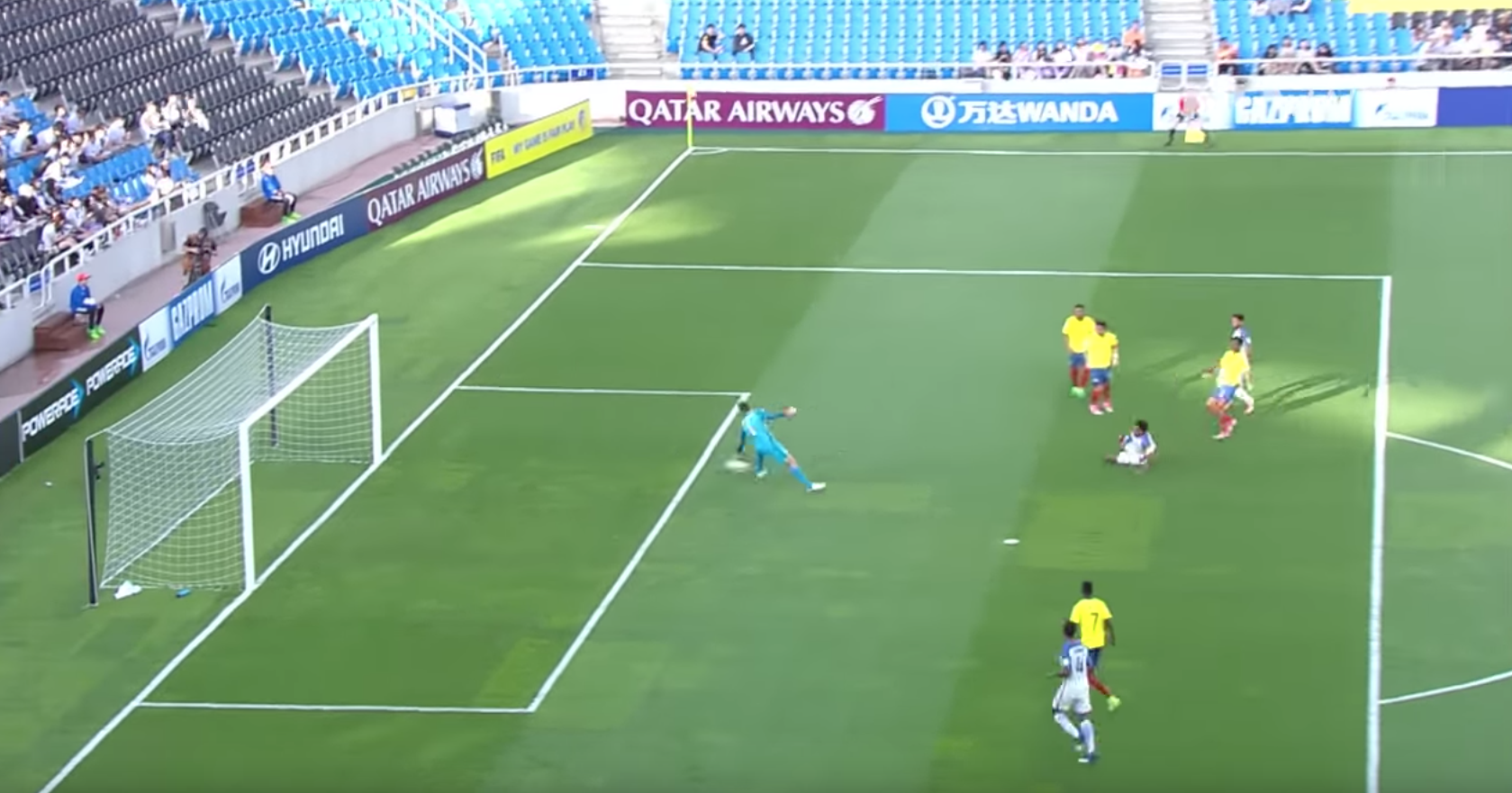cover photo belongs to US Soccer
The 2019 U20 World Cup kicks off in Poland next spring but the US's journey through qualification starts in two months, with the first game on November 1st. And thanks to a more expansive approach to the goalkeeping position, USYNTs have seen a variety of talented goalkeepers come through camps over the past few years. With qualification just around the corner, let's survey the ten likeliest goalkeepers we could see in the fold for the U20s.
1. Justin Garces (UCLA) - The U17 World Cup veteran leads the pack. Garces has been the number one choice for the US for the last two years and there are no signs of anything changing. After training with Atlanta United this summer, Garces is currently sitting behind sophomore goalkeeper Cole Martinez at UCLA. Playing second fiddle isn’t ideal for a starter going into World Cup qualifying but Garces isn’t one to let his skills get rusty just because he’s not a number one. For a goalkeeper who will likely not even finish his four years at UCLA, Garces will undoubtedly be ready to play this November.
2. Brady Scott (FC Köln) - It’s been a while since an American goalkeeper has done well in Germany. Despite the lack of success, Brady Scott and Jonathan Klinsmann are holding their own in an intensely competitive setting. Over the last month and a half, Scott has earned four starts for FC Köln’s reserve side, allowing four goals in four games. It's hard to describe Scott’s “style” as it feels fairly undefined in a lot of ways (perhaps the result of Scott developing in two different goalkeeping environments). He isn’t particularly flashy, but he’s not slow. He’s not aggressive, but he’s not passive. He did well getting low on a few saves in his most recent game against SC Verl, but it’s also a part of his job to make those plays. At the end of the day, if he can be a consistent, stable force in net for the U20s, it'd be hard to ask for more from him.
photo from Bundesliga.com
3. Eric Lopez (Los Angeles Galaxy II) - Lopez’s stock has probably dropped a tad since this time last year. Lopez’s last two wins for LAGII came in September 2018 and August 2017. Admittedly, LAGII is a development side and not a team that strings together large win streaks. In spite of this, more should be expected from Lopez thus far. It isn’t easy when you’re in goal for one of the leakiest defenses but Lopez too frequently is caught overthinking a situation. If he can limit hesitations, sort out his feet in tight situations, and find a good run of form, he could not only contend for a roster spot but also the starting one as well.
4. Trey Muse (Indiana University) - After allowing only seven goals in 25 games last year - posting an unheard of 90.3% save percentage in his freshman year - Muse returns in goal after trailing in the Netherlands this summer. In the early stages of his sophomore year, Muse currently rides a three-game shutout streak as Indiana is the favorite in the Big Ten and on track to contend for another national title. If Muse can continue his success, #Q49 might quickly turn into #Q410.
5. CJ dos Santos (Benfica) - Dos Santos was one of the three goalkeepers for the last U17 World Cup roster but there’s a decent chance being overseas has removed him from the limelight of receiving a call-up for qualifying games. While Scott is earning first-team starts, dos Santos sits sandwiched between a number of Portuguese national team goalkeepers in Benfica’s youth ranks. So where dos Santos may not be earning as many headlines, he could very well take a similar route as Brad Friedel did, gradually grinding his way towards the top.
6. Brandon Austin (Tottenham) - The lanky goalkeeper relies heavily on his positioning and reactions, rarely daring to roam upfield. Time will tell how he completely develops but so far it’s been working, just recently having a positive showing in a 2-1 loss to Arsenal’s U23s. Perhaps the biggest question marks that come along with Austin’s game is with his dual citizenship. Austin was called into an English U19 camp back in April and the young goalkeeper’s eligibility to play for America is rumored to be in question.
7. Alex Budnik (Dartmouth) - Budnik has been a mainstay in USYNTs for the past few years, including making the 2017 U17 World Cup roster. Budnik hasn’t started for Dartmouth this season, but Dartmouth has conceded five goals in two games with two different goalkeepers. If the defensive woes continue, the freshman could easily see himself starting the Big Green and prove why he should be included on the U20 roster.
8. Quantrell Jones (UMBC) - Jones is one of, if not the, largest goalkeeper on the list. At 6’3” and 230 pounds, the DC United academy product is more of the traditional cut when it comes to classic USYNT goalkeepers. He's strong, with a solid frame, and quick reactions. While Jones has been in and out of camps with various USYNT, Jones is outside looking in with the U20s going forward. If Jones can crack the starting spot at UMBC, perhaps he’ll grab Ramos’ head, but until then we probably won’t hear from him again until he’s an upperclassman.
9. Johan Penaranda (Pittsburgh) - 2018 has been an eventful year for Penaranda. In February, he de-committed from the Naval Academy, announcing he’d be attending the University of Pittsburgh this fall. In the summer he won the U19 DA playoffs with NYCFC and followed up the trophy-finish with earning the starting spot for the Panthers. He hasn’t been exceptionally successful this early in but there’s still some time to wow Ramos into reminding him why he deserves another call-up.
photo belongs to NYCFC
10. Gabe Rosario (Huddersfield) - Admittedly Rosario’s tenure overseas hasn’t been stellar, notching just one point in five games and allowing 14 goals in the span for Reading’s U18 squad. But after watching what Rosario brings to the table, he holds his own when playing for one of the worst defenses in the league. He's quick and fights for the save, even if the scoreline is lopsided against his team. Rosario has since moved to Huddersfield where it looks like he’ll mostly play backup this season but the understated goalkeeper has an opportunity in front of him few goalkeepers his age even get a chance at.


